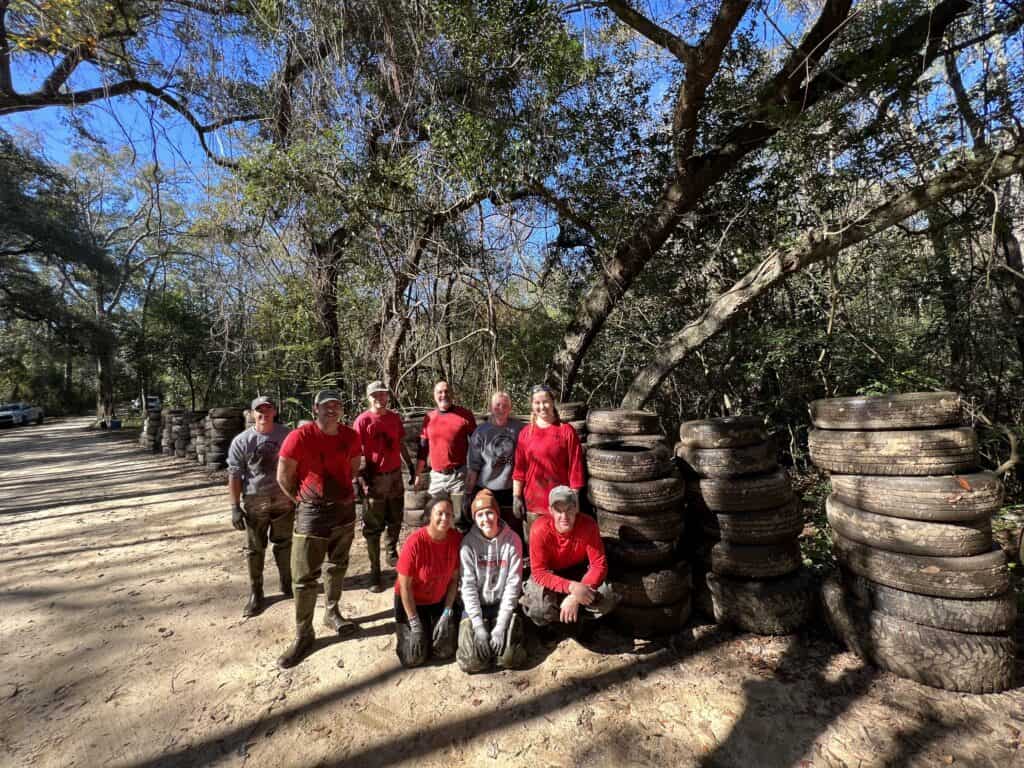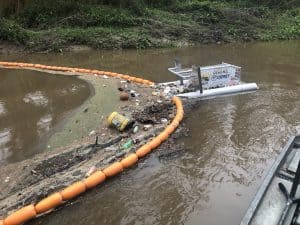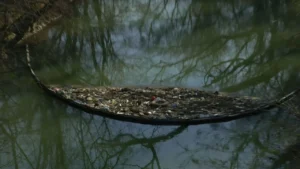City of Mobile Mayor Sandy Stimpson recently praised the partnership between the City of Mobile and Osprey Initiative in his nightly newsletter email.
Mayor Stimpson provided this update in his January 4, 2023 newsletter:
“You may have heard me talk about the City of Mobile’s partnership with the Osprey Initiative before, but if you haven’t, it’s an example of a great public-private partnership. Started as a small company in Mobile, the Osprey Initiative has worked with the City of Mobile for years to help address litter in our waterways, particularly in the Three Mile Creek and Dog River watersheds. Osprey’s team works to trap and collect trash in our waterways and also cleans up large piles of litter they find.
Last month, Osprey found a mass of illegally dumped tires and immediately coordinated a clean-up. Altogether they helped remove more than 265 tires from an area near Moore Creek, preventing environmental degradation and removing potential breeding grounds for mosquitoes. We extended Osprey’s Contract with the City last June, and we are still excited to partner with them to keep our waterways clear. We appreciate founder Don Bates and the entire team at Osprey for their hard work.”
– Mayor Sandy Stimpson, January 4, 2023 Nightly Newsletter
Osprey Initiative started in South Alabama with a few small projects just six years ago and has now grown to more than 40 sites across the United States and two additional countries! We use our patented technology to collect data to determine sources and develop and implement solutions to tackle the challenges posed by floating litter.
For more information about recycling or litter collection devices, visit www.osprey.world or please email info@osprey.world.




